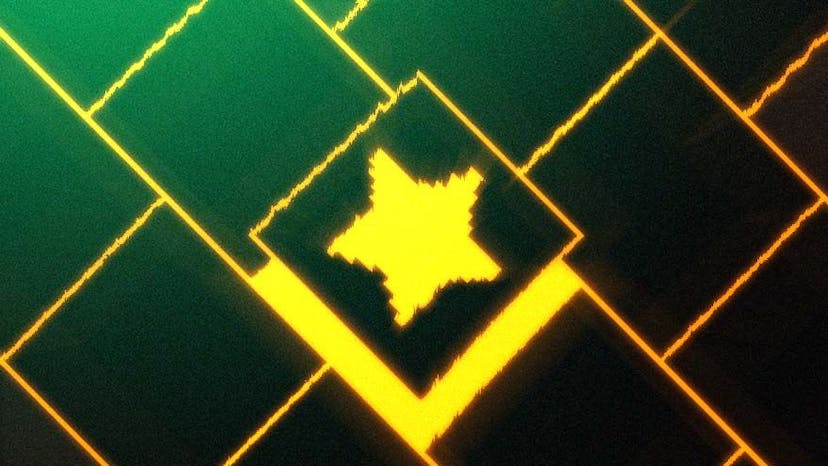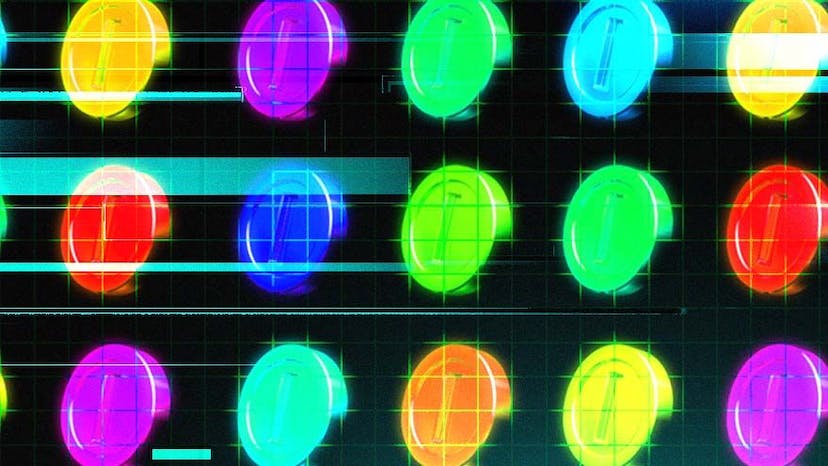We all know web3 is the tokenization of everything. If we’re going to decentralize data ownership, then this makes a lot of sense. And this year, tokenization hasn’t become just a buzzword but a very real strategy employed by a number of DeFi players.
Yet what do we mean by tokenization? Tokenization is the creation of a blockchain record (the token) that represents either a real world asset (RWA) or ownership rights over an asset. As a result, this will create a lot of on-chain use cases, such as asset management, and stablecoin issuance and trading, far more robust.
Wealth of Opportunities
Connecting real world assets to blockchain creates a wealth of opportunities. It gives individuals control over their data and reduces the need for intermediaries in transactions or increasing access to financial markets.
The top use case for tokenization at the moment is RWA trading – and its reputation has been dragged through the mud. Recent scandals around Celsius, the defunct crypto lending platform, and FTX, which needs no introduction, show the perils of unregulated trading, the opacity of centralized actors, and the ease with which crypto assets can be manipulated.

Stacks’ Token Doubles as Building-on-BTC Activity Surges
Ordinals Protocol Mints 150K Tokens in Three Weeks
Blockchain-based trading cannot continue unfettered and unregulated for much longer. It is too fundamental a technology to risk being conflated with unregulated actors and nefarious applications. As an industry, we need to build guardrails around tokenization and trading of those assets to create a strong, trustworthy foundation on which to continue innovating.
Cynics may argue this approach violates the principle of decentralized finance. But I see decentralization as a protective feature of a broader financial infrastructure that enables better connections globally to facilitate value transfer.
Paradoxically, this requires creating a process that is as “trustless” as possible, meaning smart contracts will do the heavy lifting on instilling confidence in the marketplace, but we won’t abandon human input altogether.
We must insert players with credibility built in traditional markets, who do not have a claim on the assets themselves, into areas of the flow that can’t be automated, such as attesting to custody of an underlying asset.
Better Connections
Cynics may argue this approach violates the principle of decentralized finance (DeFi). But I see decentralization as a protective feature of a broader financial infrastructure that enables better connections globally to facilitate value transfer. DeFi’s primary utility is transparency, increased automation and streamlining transactions with the removal of intermediaries.
Custody is crucial and assets in reserve must be reported on an ongoing basis so anyone intending to redeem a token for the underlying collateral knows where it is and has complete confidence this can be done. Of course, the best way to prove an asset is where it should be, is to redeem.
Regulation also plays a key role in this foundation of tokenization, ensuring transparency and instilling trust as we bring RAWs on-chain. Just as assets off-chain need a prospectus, so too do on-chain assets, giving investors full oversight of the asset and investment risk, enabling them to make an informed decision.
Integrating Traditional Markets
We’re now at the point where we can facilitate one of the most anticipated use cases of blockchain-based trading – equities. Tokenization will be critical here in integrating traditional markets with DeFi, building trust and protecting investors. With tokenization, we will be able to mobilize assets, creating value for investors.
Asset agility in DeFi adds degrees of flexibility, fractionalization and composability.
But we can’t trade securities in an unregulated environment. The only credible option for trading securities on-chain at the moment is a regulated DeFi platform.
Asset agility in DeFi adds degrees of flexibility, fractionalization and composability.
At this stage in the development of the tech, we need regulators that are willing to embrace change and make strides to understand it, protecting participants while allowing for innovation. Germany’s BaFin is perhaps the best example of just such a forward-leaning regulator.
The regulatory regime in the U.S. is less certain, and the events of recent months have demonstrated just how much we need lower-risk assets on-chain and – by extension – the importance of a credible tokenization process.
Credit Markets
Both USD Coin (USDC) and Binance USD (BUSD) are now under investigation by the U.S. Securities and Exchange Commission. The regulator is concerned about the stability of reserves that support the fiat peg of these stablecoins; they predominantly use a mix of short-term debt rather than holding the dollar 1:1 in reserve. A run on such a stablecoin could trigger a crisis in the credit markets that might then spill over into traditional markets.
Credible Tokenization
The solution is migrating reserves to more stable assets, such as U.S. treasury bonds, to negate this risk – but that requires these assets to be readily available on-chain, which requires a credible tokenization process… and regulation for trading those assets.
Bringing blockchain solutions to traditional asset classes will be a key enabler of web3. It will unlock countless use cases for DeFi, among them stock trading.
We’re just starting to realize that vision now but, to make it a reality and revolutionize trading in traditional markets, we need a strong foundation for tokenization: regulation protected by decentralization.
Philipp Pieper is he co-founder of Swarm.

 The Defiant
The Defiant






